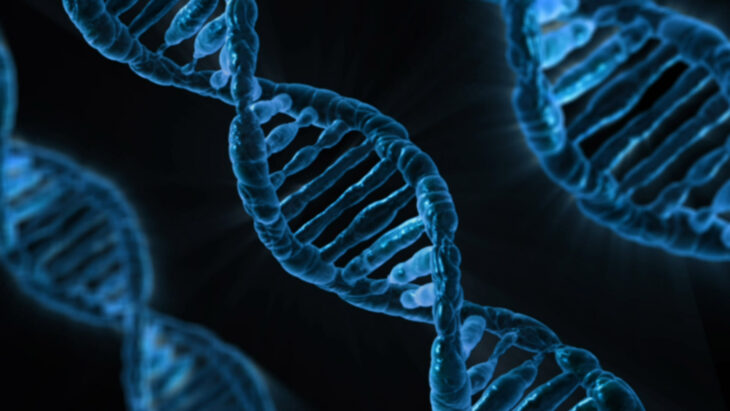A type of coronavirus, known as SARS-CoV-2, causes the disease called COVID-19. This disease has caused a worldwide pandemic and made a historic impact on people’s lives. Out of the millions of people infected by the virus, the severity of disease ranged from asymptomatic to death. Scientists are working to better understand how a person’s genes factor into the severity of their COVID-19 symptoms. By understanding this relationship, scientists may be able to predict who is at a higher risk for a severe outcome.
There are thousands of genes within one human’s body. Genes code for different traits, such as for hair or eye color. Individuals have different versions of the same gene. These are referred to as an allele. The alleles are located on a compact form of genetic material, called the locus of a chromosome. The locus of a chromosome is like the mailing address of an allele in that it indicates a location.
A global group of scientists known as the COVID-19 Host Genetics Initiative, or COVID-19 HGI for short, have been working toward understanding the link between COVID-19 severity and genetics. They collected data from 46 studies involving 19 countries with a total of 49,562 patients. The scientists divided the patients into three categories: If they were critically ill or died from COVID-19, if they had a moderate to severe case of COVID-19 in which they were hospitalized, or if they had a mild case that did not result in hospitalization.
By analyzing a large number of studies, the scientists found that thirteen significant loci were linked to the infection of COVID-19. Six out of the thirteen loci were linked to critical symptoms. Nine of the loci were linked to moderate to severe symptoms that resulted in hospitalization. Of these nine loci, five of these were also found in critical COVID-19 cases. For every other COVID-19 case, there were seven loci that were linked to viral infection.
Scientists sought to further understand the relationship between the thirteen loci and the severity of COVID-19. Using data meta-analysis, they looked at the structure of over 40 patients’ alleles from both moderate-severe and mild cases. This strategy allowed them to determine which loci had the highest probability of increasing the severity of disease.
Four of the loci were present in both moderate-severe cases and mild cases. Because these loci were not related to severity of COVID-19, the scientists determined that it was more likely for the link to be between exposure and infection. In other words, these loci were related to the likelihood between COVID-19 exposure and whether or not a person got infected with COVID-19. Thus, scientists concluded that it is unlikely for these loci to be responsible for the severity of symptoms.
The scientists found that one locus in particular had the most significant link between COVID-19 exposure and infection. They suggested that there were unexplored structures within the locus that made it more likely for exposure to lead to mild infection rather than hospitalization or death, since the causes of exposure versus severity of illness are unknown. However, they also stated that more research was needed to understand why these structures were related to mild infection.
The scientists then determined that nine loci from patients with moderate-severe illness had a link between exposure and critical severity of symptoms, including hospitalization. Four out of the thirteen loci, not including these nine loci, were found to be linked to immunocompromisation. Therefore the severity of COVID-19 was found to be higher due to a weaker immune system.
The scientists have concluded that genetics not only relate to how severe an individual’s COVID-19 symptoms are, but are also responsible for who is more likely to be infected after exposure. Although there have been several studies about COVID-19, there are not enough to fully understand the infection process and how it affects people in the long-term. By collecting more samples from patients who have had COVID-19, the scientists plan on using their gathered data to understand upcoming variants of SARS-CoV-2.


